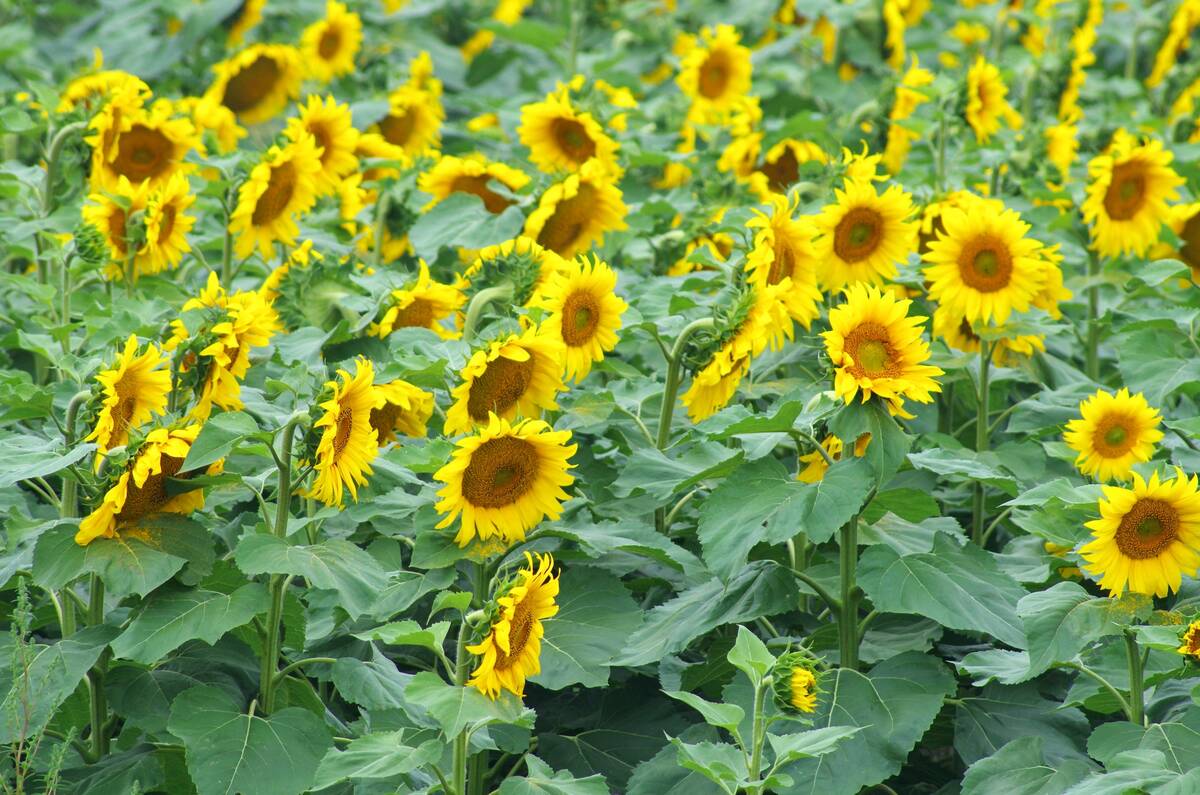Puffed and primped, the male stomps his strutting ground with pride. After all, he is Canada’s latest endangered species.
The prairie sage grouse, which was declared an endangered species last week, has dropped to an all-time population low of 500 birds in Alberta and Saskatchewan.
Declines from a once stable population of about 4,300 birds in 1987 have been rapid. The stomping and mating sage grouse regions are showing fewer of the three-kilogram males every year.
Historically, the decline of the sage grouse, largest of the grouse family, was caused by sagebrush clearing. But that habitat has remained stable for several decades, say researchers. The grouse use the plant to provide perches for roosting, nesting cover and food. New factors are now being examined.
Read Also

Made-in-Manitoba sunflower hybrid heads to market
Glacier FarmMedia – Manitoba’s confection sunflower growers will have a new seed option next spring that was developed specifically to…
Oil and gas exploration, more grazing, predators, road construction, pesticides and extreme weather conditions may all be factors, say researchers at the University of Regina.
Cause and cure
Cameron Aldridge, a university masters candidate, has developed a project to determine reasons for the decline and hopes to create a plan to save the species.
Those funding the project are walking their environmental protection talk, providing $41,500 for 1998.
The Alberta Sport, Recreation and Wildlife Fund, the Saskatchewan Wildlife Federation, Alberta Environmental Protection and the Saskatchewan Environment and Resource Management have all given money to the project.
In the past, population estimates and research were based mainly on male birds. This season Aldridge will focus research on females, brood survival and nesting sites, using radio-tracking collars.
Canada is the northern-most range for the bird. American populations have declined, but not to the extent of the Canadian birds.














